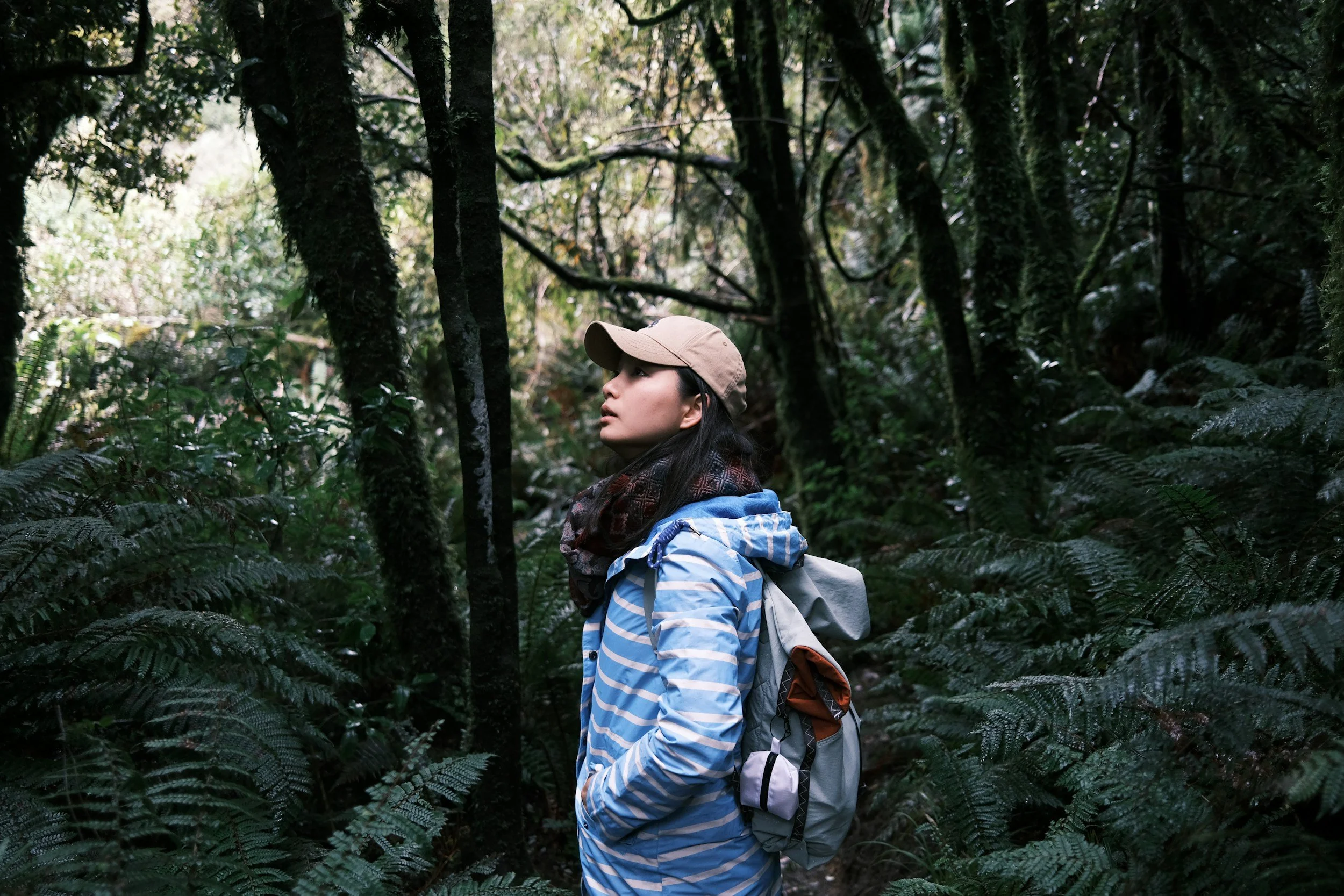
The value of trees
The Value of Trees in Urban Environments
Trees are at the heart of the Greening Taupō project; by regenerating our native forests in our urban landscape we are not only allowing our native bird and wildlife to flourish but as residents of the Taupō community we will also benefit. Read on to find out more on 'the value of trees'.
In urban environments, trees play a variety of roles in delivering economic, environmental, health and social benefits.
Economic
Increase the value of properties (Ref 1)
Increase the rent on a rental property (Ref 2)
Reduced time on the market, when selling a property (Ref 1)
Mediating temperature reducing electricity use in summer (Ref 3,4)
Social and physical health
Health
• Trees have been shown to reduce the risk of poor birth outcomes. Ref 9
• Proximity to green space, and greenness around a mother's home, were positively associated with birth weight for women with the lowest level of education. Ref 10
• Improved mental and physical fitness may also contribute to reduced health care costs. Ref 11,12,13,14,18
• Research among hospital patients found that patients with a view of trees improved significantly faster than those without a tree view. Ref 16
• Death of ash forests in the Appalachians due to an insect infestation resulted in an increase in human deaths from coronaries and respiratory diseases. Ref 17
Environmental
• Trees can reduce runoff and improve water and air quality and can reduce the negative effects of storm water surges (Ref 19)
• Trees also provide shade and shelter to people and protect property from floods or storm surges, especially in riverbank and lakeside situations (Ref 1, 3, 20)
Crime
• Reduce crime rates. Ref 6
• The greener a building’s surroundings were, the fewer crimes were reported. Ref 7
• Trees and greenery help build stronger neighbourhoods in which residents interact more often, develop closer community ties, and feel safer. Ref 5,8,18
Children
• Contact with nature helps children to develop mental, emotional, and behavioural connection to the environment. Ref 5,18
• Is important for encouraging imagination and creativity and intellectual development, and social relationships. Ref 5,18
References
1. Donovan, G.H.; Butry, D.T. (2010). Trees in the city: valuing street trees in Portland,Oregon. Landscape and Urban Planning: Vol. 94, Pp 77–83.
2. Donovan, G.H.; Butry, D.T. (2011). The effect of urban trees on the rental price of single-family homes in Portland, Oregon. Urban Forestry & Urban Greening: Vol. 10, Pp163– 168
3. Donovan, G.H.; Butry, D.T. (2009). The value of shade: Estimating the effect of urban trees on summertime electricity use. Energy and Buildings: Vol. 41, Pp 662–668.
4. Laverne, R.J.; G.M. Lewis. 1996. The effect of vegetation on residential energy use in Ann Arbor. Michigan Journal of Arboriculture: Vol 22, Pp234-243.
5. Kuo, F.E. (2003). The Role of Arboriculture in a Healthy Social Ecology. Journal of Arboriculture: Vol. 29(3), Pp 148-155.
6. Donovan, G.H.; Prestemon, J.P. (2010). The Effect of Trees on Crime in Portland, Oregon. Environment and Behavior: Vol. 20(10), Pp 1–28
7. Kuo, F.E.; Sullivan, W.C. (2001). Environment and Crime in the Inner City: Does Vegetation Reduce Crime? Environment and Behavior: Vol. 33, Pp 343.
8. Kuo, F. E.; Sullivan, W. C.; Coley, R. L.; Brunson, L. (1998). Fertile ground for community: Inner-city neighborhood common spaces. American Journal of Community Psychology: Vol.26, Pp 823-851.
9. Donovan, G.H.; Michael, Y.L.; Butry, D.L.; Sullivan, A.D.; Chase, J.M. (2011) Urban trees and the risk of poor birth outcomes. Health & Place: Vol. 17, Pp 390–393
10. Dadvand P.; Nazelle A.; Figuearas F.; Basagaña X.; Su J.; Amoly E.; Jerret M.; Vrijheid M.; Sunyer J.; Nieuwenhuijsen M.J. (2012). Green space, health inequality and pregnancy. Environment International: Vol, 40, Pp 110-115.
11. Parsons, R.; Tassinary, L. G.; Ulrich, R. S.; Hebl, M. R.; Grossman, A. M. (1998). The view from the road: Implications for stress recovery and immunization. Journal of Environmental Psychology: Vol 18, Pp113-140.
12. Godbey, G.; Roy, M.; Payne, L. L.; Orsega-Smith, E. (1998). Final report on the health and park use study. Ashburn, VA: National Recreation and Park Association.
13. Ulrich, R. S.; Addoms, D. L. (1981). Psychological and recreational benefits of a residential park. Journal of Leisure Research: vol. 13, Pp 43-65.
14. Ulrich, R. S. (1981). Natural versus urban scenes: Some psychological effects. Environment and Behaviour: vol. 13, Pp 523-556.
15. Sallis, J. F.; Bauman, A.; Pratt, M. (1998). Environmental and policy interventions to promote physical activity. American Journal of Preventive Medicine: Vol. 15,Pp 379-397.
16. Ulrich, R.S. (1984). View through a window may influence recovery from surgery. Science: Vol. 224, Pp 420-421.
17. Donovan, G.H.; Butry, D.T.; Michael, Y.L.; Prestemon, J.P.; Liebhold, A.M.; Gatziolis, D.; Mao, M.Y. (2013). The Relationship between trees and human health: Evidence from the Spread of the Emerald Ash Borer. American Journal of Preventive Medicine: Vol. 44 (2), Pp 139-145.
18. Wolf, K.L.; Flora, K. (2010). Mental Health and Function - A Literature Review. In: Green Cities: Good Health (www.greenhealth.washington.edu). College of the Environment, University of Washington.
19. Dwyer, J.F.; Mcpherson, E.G.; Shroeder, H.W.; Rowntree, R.A. (1992). Assessing the benefits and costs of the urban forest. Journal of Arboriculture: Vol. 18 (5), Pp 227-234
20. Carroll, Z.L., Bird, S.B., Emmett, B.A., Reynolds, B. and Sinclair, F.L. (2004), Can tree shelterbelts on agricultural land reduce flood risk? Soil Use and Management: Vol. 20, Pp 357–359
